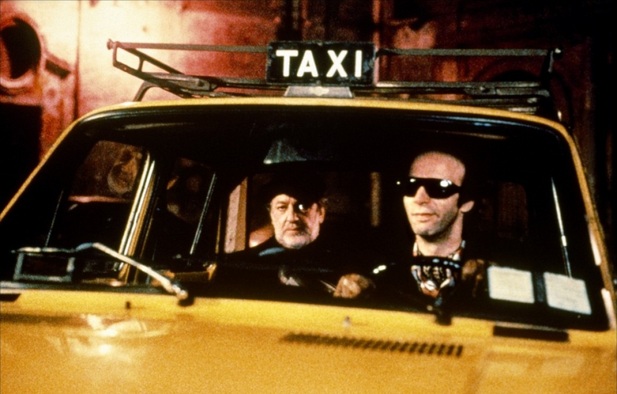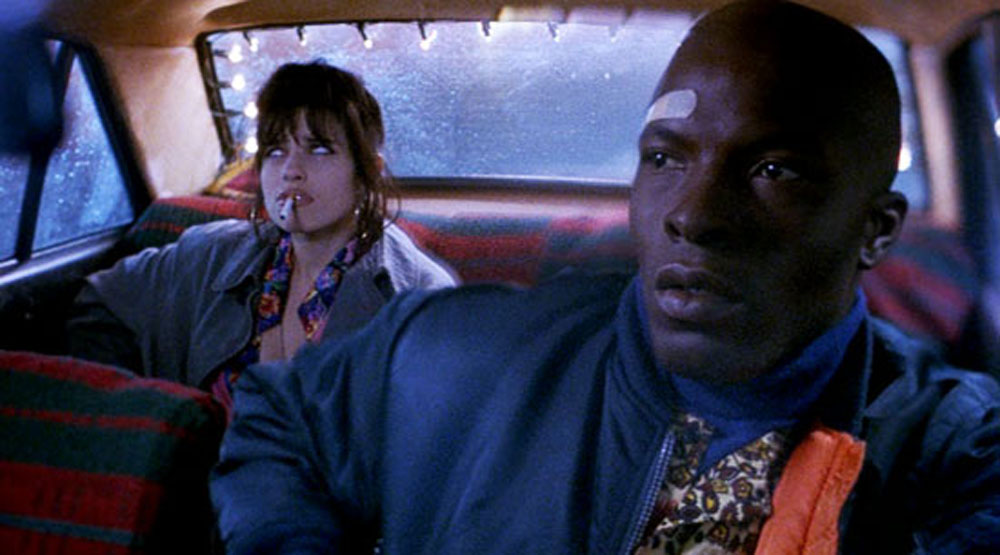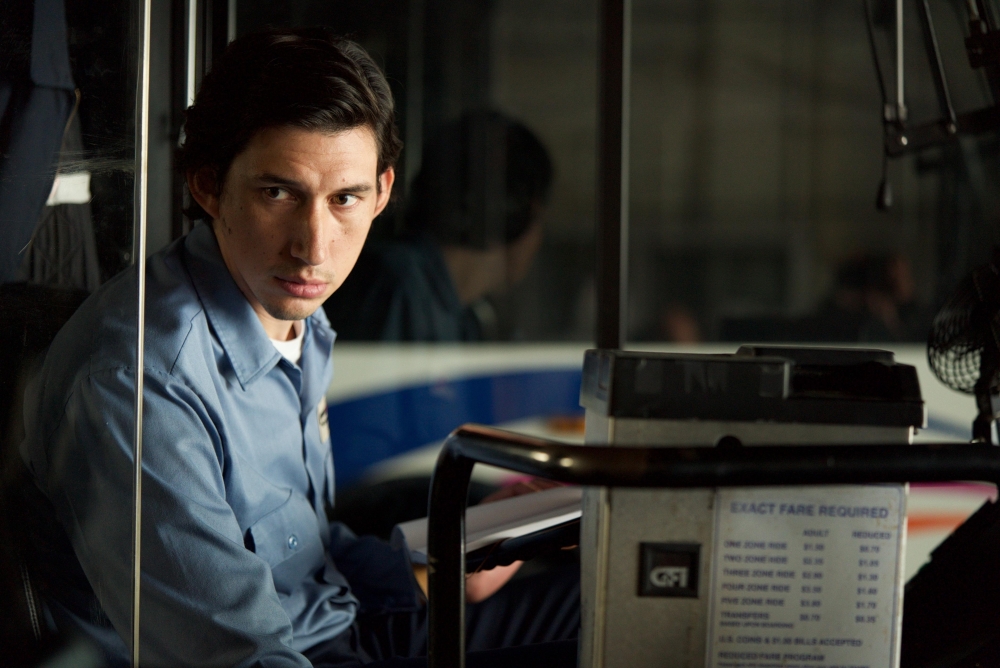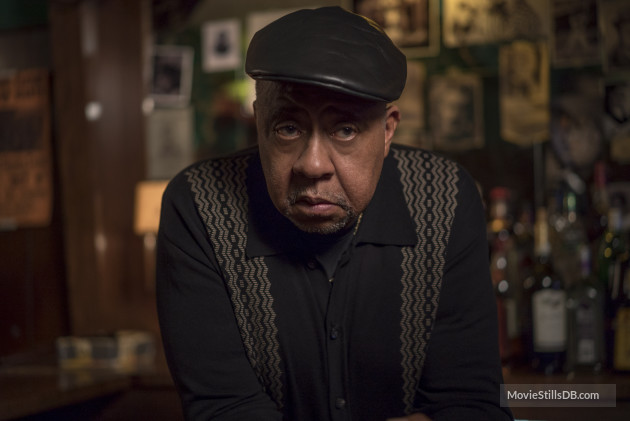
Night on Earth has one of the very funniest scenes and one of the very saddest scenes – in the same movie. Written and directed by Jim Jarmusch in 1991, Night on Earth is comprised of five vignettes, each in a taxi and each in a different city: Los Angeles, New York, Paris, Rome and, of all places, Helsinki.
Moving west to east across the time zones, Night on Earth opens with the contrast between a working class driver (Wynona Ryder) and a striver executive (Gena Rowlands) and how they connect – or don’t.
Then we move to New York where a totally disoriented East German immigrant (Armin Mueller-Stahl) gets a job driving a hack (on his first or second day in the US) and picks up potty-mouthed passengers (Giancarlo Esposito and Rosie Perez).
The LA and NYC scenes are good, but Night on Earth really accelerates in Paris when an African immigrant driver (Isaach De Bankolé) picks up a blind woman (the gap-toothed beauty Béatrice Dall). They both are a bit touchy and immediately get underneath each others skins. The prickly conversation that follows teaches each a little about the other.
Now we get to perhaps the funniest episode in the movies (yes, I mean in the history of cinema). A manic, motormouth Roman cabbie (Roberto Benigni) picks up an ailing Catholic cleric and regales him with an unwanted stream of consciousness confession, highlighting his own ever more inappropriate sexual partners, including a pumpkin and a sheep. It’s a rapid fire comedic assault sure to convulse any audience.
Finally, in Helsinki, two guys toss their passed-out buddy into a cab, and explain that he’s had the worst day ever – he has lost his job just when he has a wife looking for a divorce and a pregnant daughter. But the driver (Matti Pellonpää) tells them a story that tops it. Profound sadness.
The cult director and indie favorite Jarmusch made Night on Earth in 1991 after he first made a splash with Mystery Train. He followed it with Dead Man, Ghost Dog: The Way of the Samurai, Coffee and Cigarettes, Broken Flowers and Paterson. Night on Earth is one of the few movies that I own on DVD, and it’s now available from the Criterion Collection. But you can now stream it from Amazon. Go for it. Do not confuse this 1991 Jarmusch film with the 2020 miniseries of the same name.




